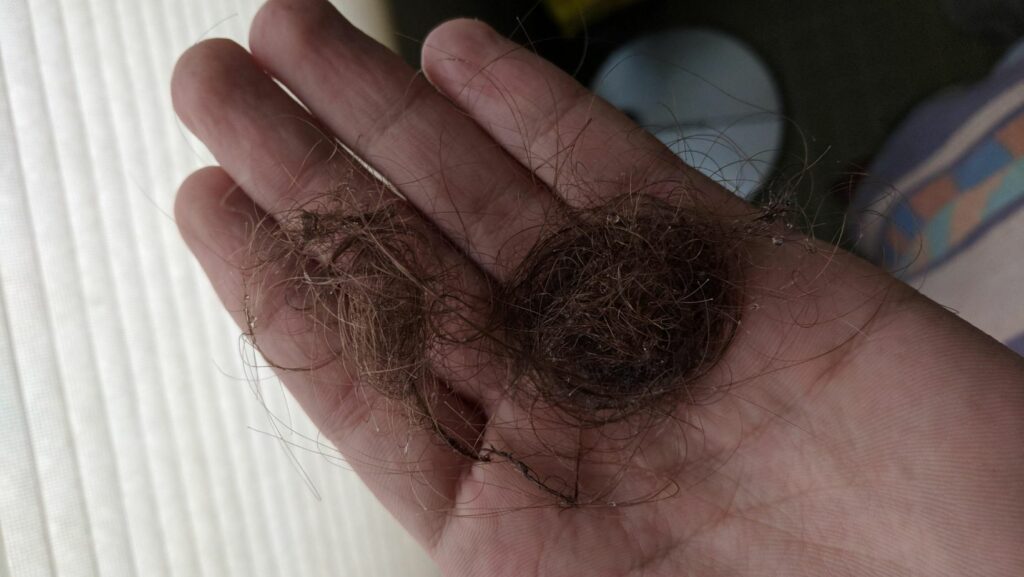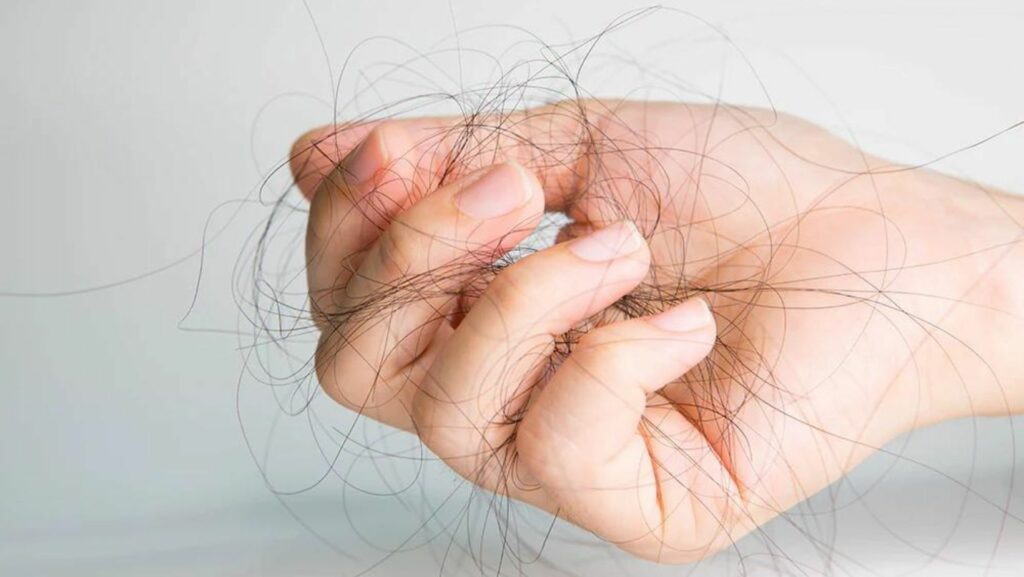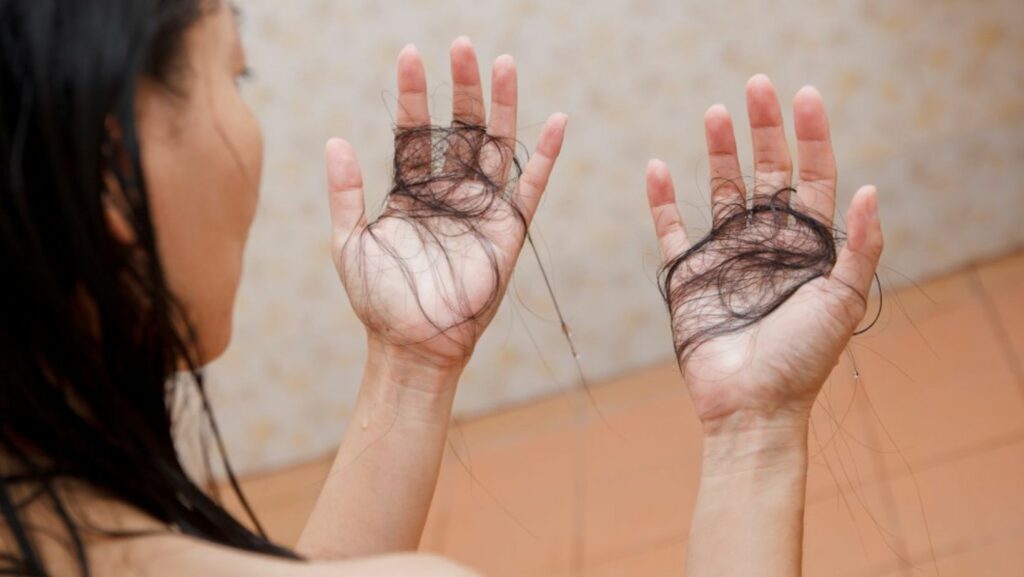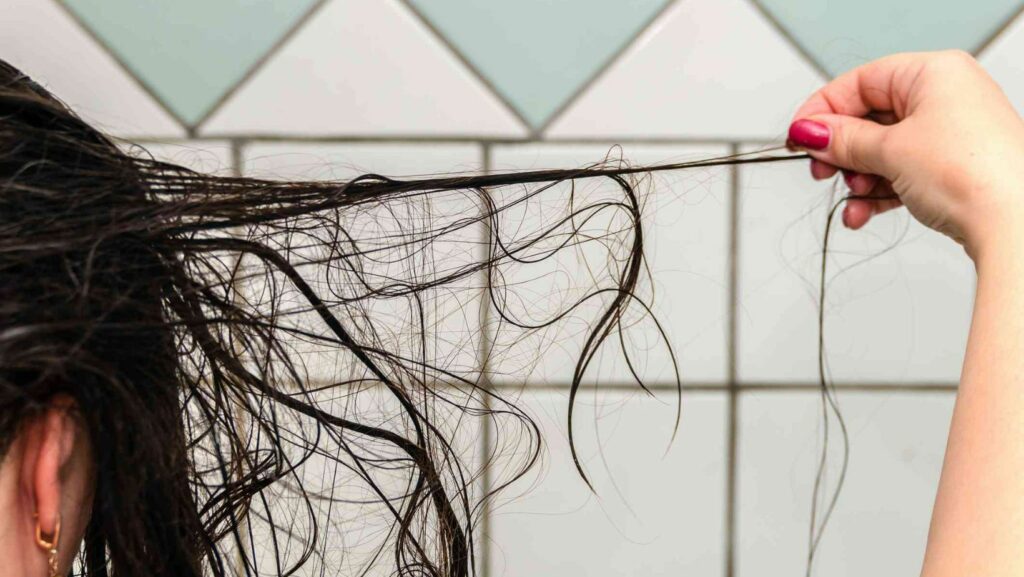Normal Amount of Hair Loss in Shower
As I delve into the topic of normal amount of hair loss in shower, it’s essential to understand what constitutes a regular amount of hair shedding during this daily grooming routine. Many individuals may feel concerned about the volume of hair they see going down the drain, prompting questions about what is considered typical.

In Singapore, many individuals explore hair loss treatments to address concerns about shedding, but it’s important to understand that losing between 50 to 100 hairs per day in the shower is perfectly normal. This natural shedding process occurs as part of the hair growth cycle, which includes phases where old hairs fall out to make room for new ones. The act of washing your hair can often dislodge these loose hairs, making the shedding process more noticeable in the shower. However, if you’re experiencing excessive hair loss, seeking hair loss treatment in Singapore can provide professional advice and effective solutions tailored to your needs.
While seeing strands of hair accumulate in the drain might cause worry for some, it’s important to keep in mind that hair shedding is a natural occurrence. Factors such as stress, diet, hormonal changes, and genetics can influence how much hair an individual loses. If there are sudden or significant changes in hair loss patterns accompanied by other concerning symptoms like scalp irritation or bald patches, consulting a healthcare professional or dermatologist can provide valuable insights and guidance.
Understanding Hair Loss
As I delve into the realm of hair loss, it’s crucial to grasp the normal shedding process that our bodies undergo. On average, individuals shed about 50-100 hairs each day as part of the natural growth cycle. This shedding is necessary for new hair to replace the old, maintaining a healthy balance on our scalps.

When we witness strands of hair accumulating in the shower drain or on our brushes, it can spark concern. However, it’s essential to differentiate between normal shedding and excessive hair loss. Factors such as genetics, age, hormonal changes, stress levels, and diet play pivotal roles in determining the amount of hair we lose daily.
Understanding the phases of hair growth is key to comprehending why shedding occurs. The anagen phase is when hair actively grows, followed by the catagen phase where growth halts. Finally, during the telogen phase, hair rests before eventually falling out to make room for new strands. This cycle repeats itself continuously throughout our lives.
If you notice a sudden increase in hair loss beyond what’s considered typical for you personally or experience bald patches forming, consulting a healthcare professional or dermatologist is advisable. They can assess your scalp health and provide guidance on potential causes and treatment options tailored to your specific needs.
In conclusion,
| Key Points | Statistics/Examples |
| Average daily hair loss | 50-100 hairs |
| Contributing factors | Genetics |
| Age | |
| Hormonal changes | |
| Stress levels |
I hope this sheds some light on understanding hair loss better!
Evaluating Your Hair Loss
When assessing your hair loss, it’s essential to distinguish between what is considered normal shedding and excessive hair loss. Here are some key points to help you evaluate your situation:

- Normal Hair Shedding: On average, individuals lose around 50-100 hairs a day as part of the natural hair growth cycle. It’s common to notice some strands in the shower or on your brush without it being a cause for concern.
- Pattern of Hair Loss: Pay attention to whether the amount of hair you’re losing seems consistent over time or if there’s a sudden increase. A gradual thinning may be more related to genetics or aging, while rapid and noticeable shedding could indicate an underlying issue.
- Scalp Visibility: Take note of any changes in how much scalp is visible through your hair. If you’re noticing more scalp than usual or areas where the hair seems noticeably thinner, it may be worth investigating further.
- Stress and Lifestyle Factors: Consider factors such as stress levels, diet, sleep patterns, and overall health. These can all play a role in hair health and shedding. Sometimes making lifestyle adjustments can positively impact hair loss.
- Consulting a Professional: If you’re unsure about the amount of hair you’re losing or if it’s causing distress, seeking advice from a dermatologist or trichologist can provide valuable insights. They can assess your scalp health, conduct tests if needed, and recommend appropriate treatments.

